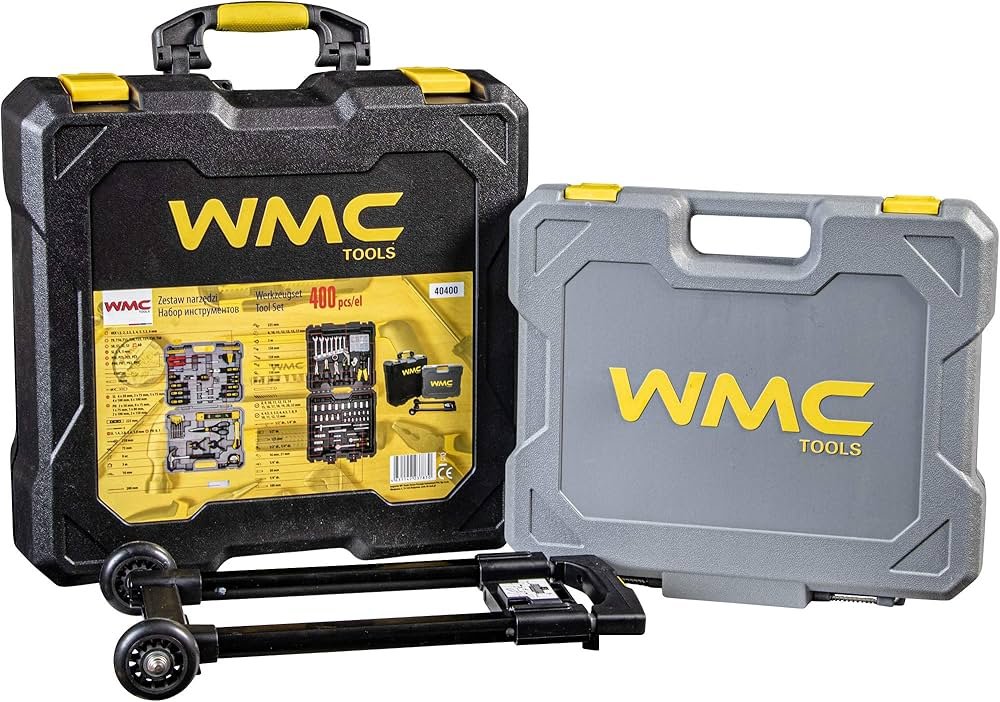Understanding ACORD 25 Insurance: A Comprehensive Overview

In the realm of insurance, various documents and forms play critical roles in managing policies and claims. Among these, the ACORD 25 form stands out as a significant document in the industry. This article provides an in-depth look at what the ACORD 25 insurance form is, its purpose, key features, and its importance in the insurance process.
What is ACORD 25?
Definition and Purpose
ACORD 25 is a standard form used in the insurance industry known as the Certificate of Liability Insurance. It is produced by the Association for Cooperative Operations Research and Development (ACORD), a non-profit organization that develops standardized forms and data standards for the insurance industry. The ACORD 25 form serves as proof that a certain type and amount of liability insurance coverage is in place.
The primary purpose of the ACORD 25 form is to provide verification of insurance coverage to third parties. This is especially important for businesses and individuals who need to demonstrate to clients, contractors, or regulatory agencies that they have appropriate liability insurance coverage.
Key Features
The ACORD 25 form includes several important pieces of information:
- Policyholder Details: The form lists the name and contact information of the insured party.
- Insurance Company Details: It identifies the insurance company providing the coverage.
- Policy Details: This includes policy numbers, effective dates, and expiration dates.
- Coverage Details: It outlines the types and limits of coverage, such as general liability, professional liability, or auto liability.
- Additional Insured: The form can specify if additional parties are covered under the policy.
- Signature and Date: It includes the signature of an authorized representative from the insurance company, confirming the accuracy of the information provided.
Importance of ACORD 25
Proof of Insurance Coverage
One of the primary functions of the ACORD 25 form is to serve as proof of insurance coverage. This is crucial in various scenarios:
- Contractual Obligations: Many contracts require proof of insurance before work can begin. For example, contractors might need to provide an ACORD 25 form to a client to show that they have adequate liability coverage.
- Business Operations: Businesses often need to provide proof of insurance to landlords, clients, or regulatory bodies to comply with legal or contractual requirements.
- Legal Requirements: Certain industries or jurisdictions may mandate proof of insurance coverage for compliance with local regulations.
Streamlining the Insurance Process
The ACORD 25 form helps streamline the insurance process by providing a standardized format for insurance verification. This standardization reduces confusion and ensures that all relevant information is included, making it easier for all parties involved to verify and understand the coverage.
Enhancing Credibility and Trust
For businesses and individuals, having an ACORD 25 form can enhance credibility and trust. By providing clear evidence of adequate insurance coverage, the form demonstrates a commitment to risk management and financial responsibility, which can be reassuring to clients, partners, and stakeholders.
Common Uses of ACORD 25
In Construction Projects
In the construction industry, the ACORD 25 form is frequently used to verify that contractors and subcontractors have the required liability insurance. Construction contracts often stipulate minimum insurance requirements to protect against potential risks and liabilities. The ACORD 25 form provides evidence that these requirements are met.
In Leasing and Property Management
Property owners and managers may require tenants or lessees to provide proof of insurance coverage using the ACORD 25 form. This ensures that tenants have liability coverage to protect against potential damages or accidents on the property.
In Professional Services
Professionals such as consultants, architects, and engineers may need to provide an ACORD 25 form to clients as part of the contract negotiation process. This form confirms that they carry professional liability insurance, which covers errors or omissions in their services.
Filling Out an ACORD 25 Form
Required Information
To complete an ACORD 25 form accurately, several pieces of information are required:
- Insured’s Name and Address: The legal name and contact details of the policyholder.
- Insurance Company Details: The name and contact information of the insurance provider.
- Policy Information: Policy numbers, effective dates, and expiration dates.
- Coverage Information: Types of coverage provided, such as general liability, auto liability, or professional liability.
- Additional Insureds: Names of any additional insured parties, if applicable.
- Authorized Signature: Signature of an authorized representative from the insurance company.
Submission and Verification
Once completed, the ACORD 25 form should be reviewed for accuracy and completeness. It must then be signed by an authorized representative from the insurance company. The form is typically submitted to the requesting party, such as a client or regulatory body, to verify insurance coverage.
Challenges and Considerations
Accuracy and Updates
Ensuring the accuracy of the ACORD 25 form is crucial. Errors or outdated information can lead to misunderstandings or legal issues. It is important to regularly update the form to reflect any changes in policy details or coverage.
Acceptance by Third Parties
Different entities may have varying requirements for insurance verification. While the ACORD 25 form is widely recognized, some organizations might have specific forms or additional requirements. It’s important to verify what documentation is needed by each party requesting proof of insurance.
Privacy Concerns
The ACORD 25 form contains sensitive information about the insured party and their insurance coverage. It’s important to handle the form securely to protect this information from unauthorized access.
Conclusion
The ACORD 25 form, or Certificate of Liability Insurance, is a crucial document in the insurance industry, providing standardized proof of insurance coverage. Its role in verifying coverage, streamlining processes, and enhancing credibility makes it an essential tool for businesses and individuals alike. By understanding its purpose, features, and common uses, stakeholders can effectively navigate insurance requirements and ensure compliance with contractual and legal obligations.













Post Comment